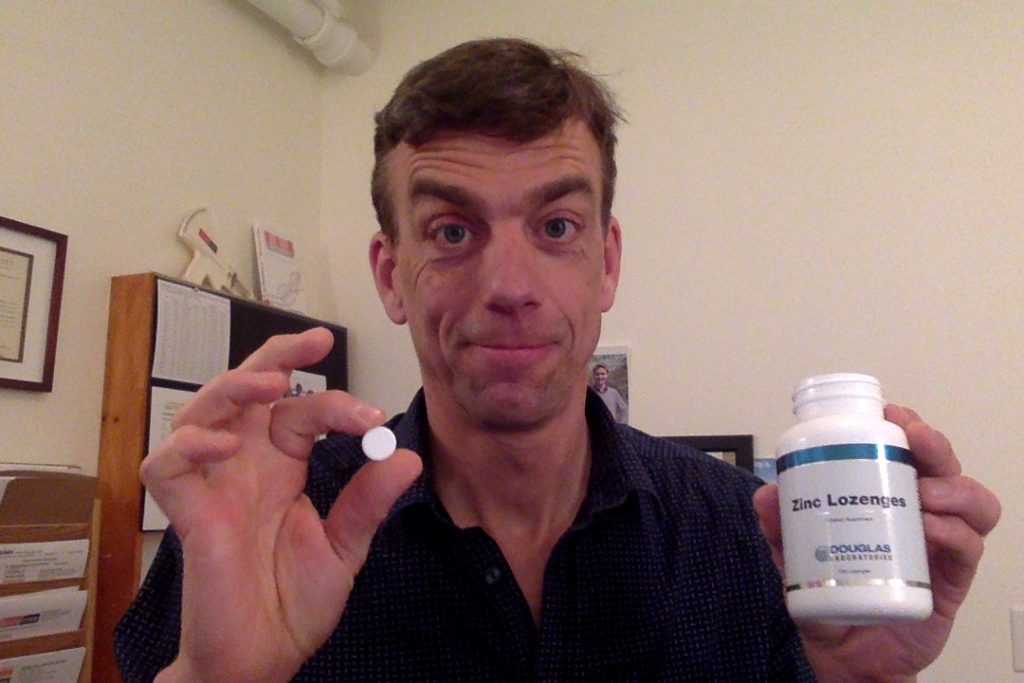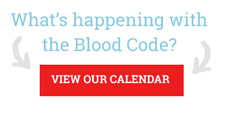To fear or not to fear

Let me tell you why I view this season’s new viral contagion with a justly confident, “I’ve got this” attitude. Is COVID-19 (technically: 2019-nCoV) the next Spanish flu—that killed 50 million people worldwide? I have read this fear-grabbing line in articles a dozen times this past week. I know, and now I just made you read it too.
First, a history lesson. In the 1900’s, leisure travel was only done by the elite and wealthy few. To go overseas required a ship as there was no air travel. Then there was World War 1. Seventy million military personnel were mobilized internationally between 1914-1918. Never had there been such an abrupt spreading/sharing of viruses on such a grand scale. Combine that with the worst nutritionally depleted status and dire living circumstances for those deployed. The only other event that comes to mind that could be similar was the introduction of Smallpox in the “New World” to the Native American population, with a naive immunity compared to the Europeans.
Fast forward to now, plane trips from one European city to another are less than $50. Travel is available to the masses. This results in a sharing of germs AND a more diversely responsive, globally intelligent immune system within us. The likelihood of a sweeping Spanish Flu of 1918-1919 is not likely simply because we are being exposed to global organisms regularly due to ubiquitous travel.
How deadly is 2019-nCoV?
In a well researched article to date in last February, Scientists have estimated that it’s about as contagious as SARS, yet much less deadly, with a fatality rate of about 2.3 percent. But this 2.3 percent is about 20 times more deadly than the typical seasonal flu. OK, this math sounds more on par with that century old Spanish Flu pandemic. Add to that, some early data crunching on the cases in Hong Kong which displayed a whopping 17% death rate of those with confirmed Coronavirus this winter. Whoa I am listening.
But John Allen Paulos, a professor of Mathematics, wrote in the New York Times article that these figures are very subject to change. It is clear that there are a vast number of infected people who aren’t being counted because they have mild or asymptomatic cases. This suggests the fatality rate is much lower, perhaps even as low as the seasonal influenza (1-2%).
In any case – the law of big numbers will have 2019-nCoV on our map for awhile. Because these symptoms are relatively mild in some people, especially those under 30 years of age, the virus is allowed to spread before being identified. It may be similarly fatal to a rate similar to the seasonal flu, but this is in addition to the seasonal flu.
We all have twice as much skin in the game to support our body and immune system and our community. One—for the seasonal Flu; Two—for this novel virus that our immune system has not seen before.
Personally – I am not at risk of dying of the flu, so I do not get a flu shot. I exercise outdoors 52 weeks a year. I remain well nourished and well-slept. I can consciously prevent myself from touching my face. But while I am not worried about my own health – I don’t mean to sound callous – but there is a difference in who is hit worse with Coronavirus, I need to be attentive for others affected worse.
Who is affected the worst? There are folks out there post lung transplant, or on immunosuppressive medications for chronic inflammatory disease or post any tissue transplant, people on chemotherapy or with severe asthma. There are people unable to get outside to exercise or are physically compromised and unable to exercise. This is just a short list of people who have a greater risk of mortality from a pulmonary virus like 2019-nCoV. Our global attention to this virus is not just for our individual selves, it is for those most hurt.
So what to do? Hygeine – hygeine.
2019-nCoV had raised our awareness of what works for any influenza.
1) NO HANDSHAKING – virus has to get directly into our nose and respiratory passageways. Done by getting the virus on our hands and then using our hands to touch our nose. Similarly, do not do that affectional nose-to-nose touching with people during suspected flu seasons.
2) Wash your hands with ANY kind of soap for 10-20 seconds and/or use a greater than 60% alcohol-based hand sanitizer whenever you return home from ANY activity that involves locations where other people have been. but HAND WASHING WORKS BETTER. More hand sanitizer is associated with less hand washing in schools and workplaces – it is not an either or…wash!
3) Cough or sneeze into a disposable tissue and discard. Then wash your hands. Use your elbow only if you have to. The clothing on your elbow will contain infectious virus that can be passed on,
For Community – stay home if you are coughing. Don’t “play through” for the sake of others. Wash your hands often (20-seconds and dry well). Getting a flu shot can make symptoms of the flu less deadly, but it does not inherently prevent the flu. In fact sometimes people go to work because they believe they “can’t have the flu.” Beware of the myth that if you had the flu shot, the symptoms you are experiencing can’t be the flu…they sure can.
Supplements that help [Fullscript discount Supplement resource is here]
You can also find a protocol for what to do if you HAVE a flu/cold here
1 – Take vitamin D – find your extra dose. I use 2000 iu extra daily for about 6-8 months a year. This gets my blood work to 35-45 ng/mL Vitamin D total. I realize there are advocates for even higher vitamin D levels , but these recommendations are based upon some small studies of dubious value. Assuredly, don’t be below 30 ng/mL of total vitamin D. And if you are less than 15 ng/mL seek out medical attention to get a prescription to lift those levels quickly! https://www.bmj.com/content/356/bmj.i6583
2 – Take a good multiple vitamin mineral. I use the TWICE Daily formula and take 1-2 per day. [Designs for Health – You can find this at the Fullscript resource – let me know if you need help logging in for your account – RM] This assures adequate vitamin A and Zinc and selenium. You want a good selenium study from 25 years ago? Retroviruses like herpes, normally harmless in the selenium supplemented rats, when given to rats that had low selenium levels were prone to the virus becoming deadly…and when that virus was taken from that rat and put into another rat with normal selenium, the virus remained deadly. I remember the take home message here, don’t be selenium deficient, and don’t hang around people that are either.
3 – Take some cod liver oil with vitamin A and D. Your mucous membranes are your first line of defense against these viruses and cod liver oil helps nourish this defensive region of the lungs, sinuses and throat.
4 – Keep a first defense on hand! I still like to use the EHB formula by ITI. I take 2 capsules up to 3 times per day at the first sign of symptoms.
5 – Last but NOT least…Keep zinc lozenges on hand. These prevent viral replication in the mouth and throat. The metallic-tasing zinc creates an antimicrobial arena right where you want it. Each lozenge should be about 10 mg each of zinc – and you can use them 3-4 per day on days of suspicious exposure. Personally, I travel with a pocket full of my favorite zinc lozenges
LABS TO TEST:
Don’t be anemic! If you are getting sick easily, a common problem is anemia and low level deficiencies of iron and B12. Here is the basic panel that includes reasons for anemia like low B12 and Iron/ferritin and vitamin D. This has all the other metabolic measures to look for good sugar control…
https://www.ultalabtests.com/bloodcode/Shop/Items/Item/Blood-Code-1-Metabolic-Discovery-FULL
Nutritional and herbal supplements can be found discount at the fullscript resource. Let me know if you need an account – I have a cold flu protocol on site there as well. https://us.fullscript.com/welcome/rmaurer
Be well! Yours in health,
Richard



Comments are closed.